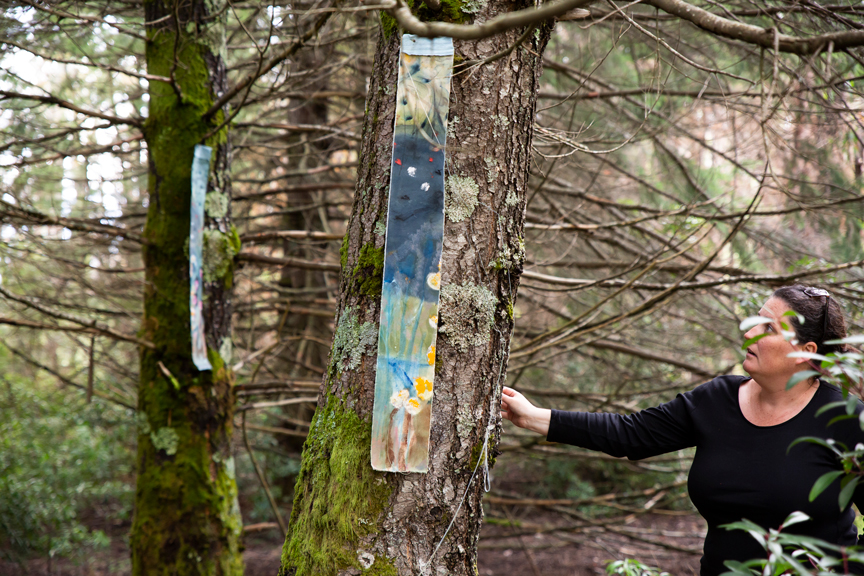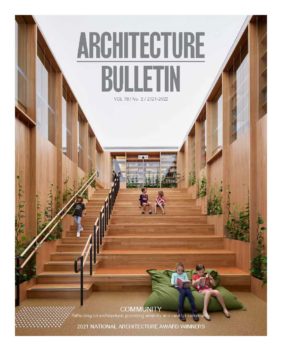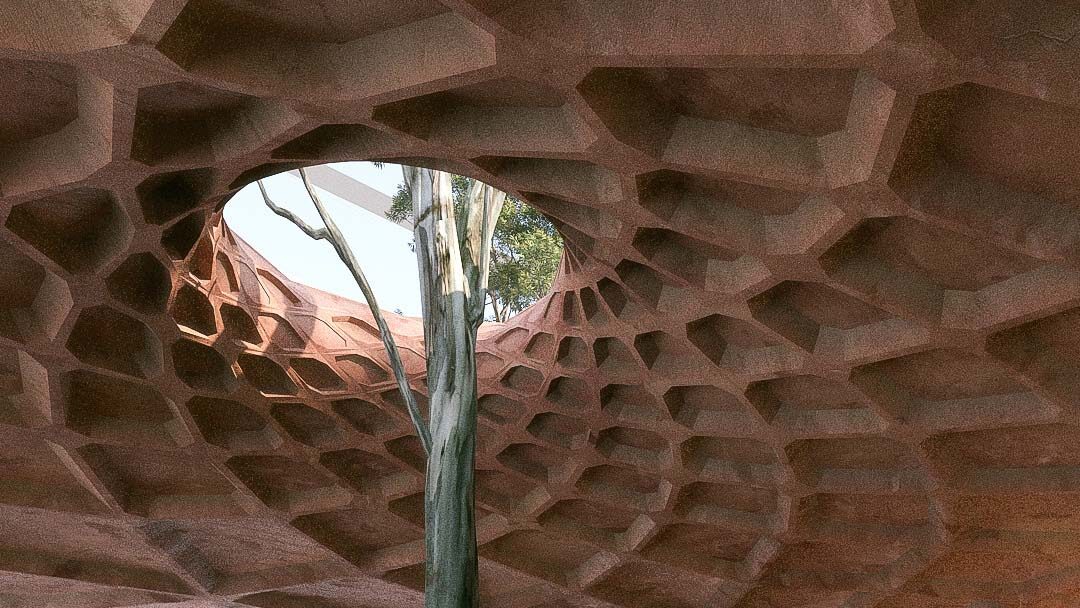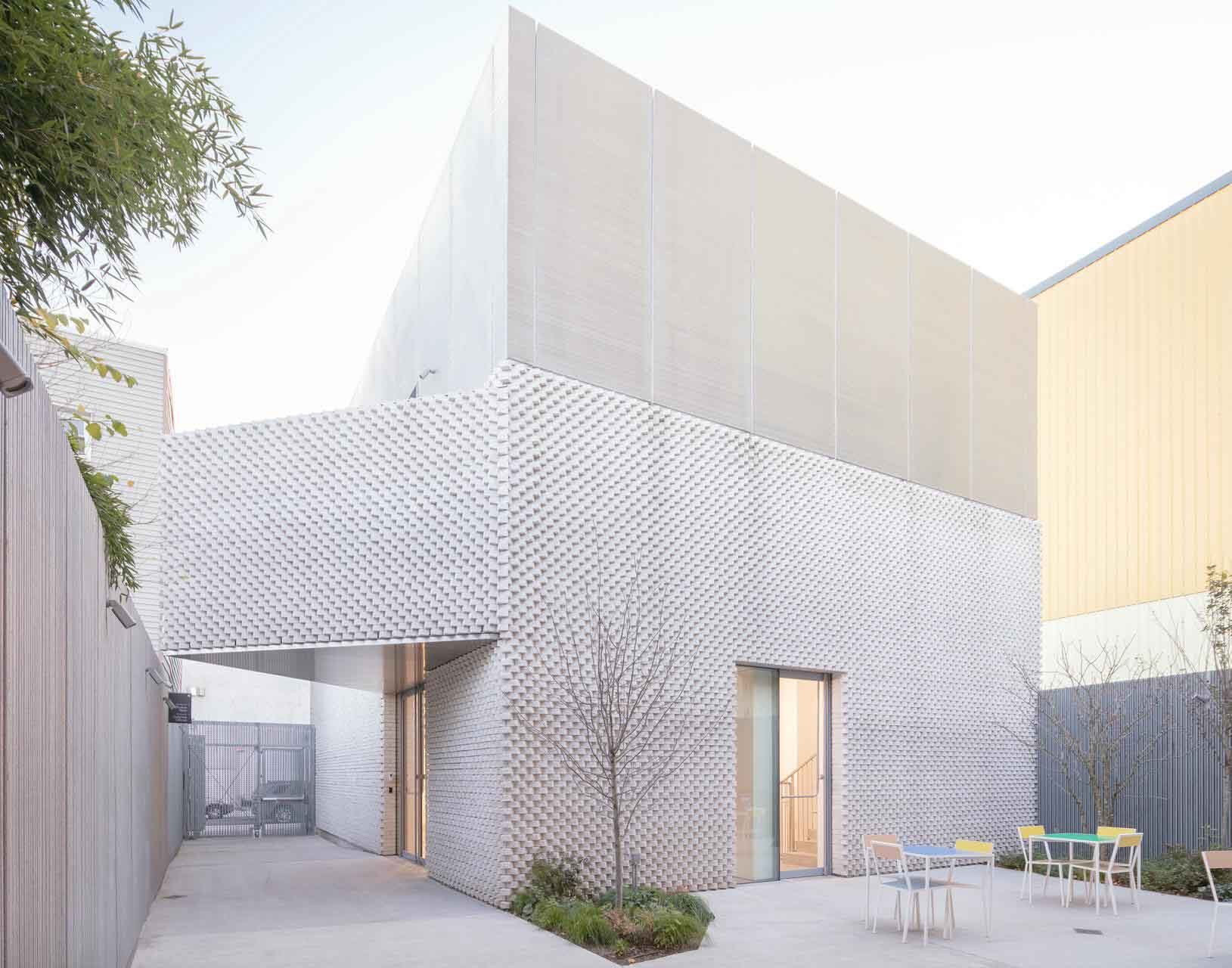Solastalgia and the importance of place in bushfire recovery
The term nostalgia can describe the yearning for home soldiers felt in WWI when faced with the horrors of the battlefront. Today, for many Australians, the battlefront is the impact of climate change. As well as personal and material losses experienced, communities are dealing with the impact of the loss of their landscape. Solastalgia is a modern term used to describe the distress some people experience that is caused by changes to the environment, both built and natural, more often than not brought on by climate change.
The Dunn’s Road mega-fire wreaked havoc for fifty days in the Snowy Valleys and surrounding Bago State Forest and Kosciuszko National Park, from late December 2019 to mid-February 2020. While some impacted environments are recovering, others won’t ever be the same. The Alpine Ash (Eucalyptus delegatensis) that dominates the Snowy Valleys high country is reliant on fire to germinate its seeds; however, young Alpine Ash cannot survive high-severity fires and there are serious concerns that while much of the natural hardwood forests are recovering from the 2003 fires, the regeneration of the iconic trees from this event is in jeopardy. What does this mean for our alpine landscapes? How does this long-term impact and scarring affect our sense of place and connection to our local landscapes?
One year on from the devastating fires, Arbour Festival sought to explore some of these questions through a series of exhibitions, events and ephemeral public art installations. A creative recovery project in the first instance, Arbour also sought to celebrate and acknowledge what remained after the devastation, deepening the connection to the natural and built environment that contributes to a sense of place for the communities of the Snowy Valleys.
Arbour created gathering points for community in the built and natural environment that remained, reminding us of what we still had and rethinking how we used our spaces. Repurposing an arboretum as an outdoor concert hall, a basketball stadium as an indoor forest and an old bank as a gallery helped to gently shift the mindset from ‘what is’ to ‘what could be’.
Both during and after the fires, community infrastructure was repurposed and became a vital gathering point for information sharing, food distribution and shelter. The local indoor basketball court became a hive of activity for BlazeAid, the Memorial Hall a hub for updates from the Regional Fire Service (RFS) and other agencies. Friends, neighbours and families reunited on the steps, faces blackened from the ash and bodies weary with fatigue.
While the landscape can heal itself with time, our built environment needs intervention. The mementos and memories held in these buildings can’t rejuvenate by themselves. The reimagining of what this infrastructure should look and feel like is the next challenge. How do we recognise what was once there and how do we realise what could be? The mantra is to ‘build back better’. How do we harness the lived experiences from, during and after what are some of the darkest days for these communities and create spaces and places that resonate and play a meaningful role in everyday lives?
Ask anyone around these parts and they all have their story from during and after the fires. Some tragic and others joyful, all important in demonstrating the impact of these sudden changes to the environment as a result of the fires. For my family and I, our story is centered on the construction of a fire bunker that was ten years in the making and completed just a matter of days before we faced the front of the mega-fire. Inspired by the survival stories of the Black Saturday fires in 2009, my step-father David Lyons began what was to be a decade-long project of building a fire bunker at the family property, a cool-climate vineyard surrounded by State Forest and National Park in the foothills of the Snowy Mountains.
The bunker was designed to be able to withstand a severe fire for up to 30 minutes. Constructed from Hebel, hardwoods and steel, the design evolved over the years, but the fundamentals remained the same. Little did we know that it would be put to the test so soon and that on New Year’s Eve 2019, we would be sheltering in it for over three hours, allowing us to defend the farm’s built infrastructure in between fire fronts through putting out spot fires and re-fueling firefighting pumps.
Eighteen months on and this landscape is still changing dramatically. As I write, out the window a bulldozer is removing what’s left of the vineyard. What were once strong contour lines of Chardonnay and Pinot Noir vines, defining the undulating hills and changing with the seasons now sits as nondescript bare paddocks. Often the marks we make as humans on the landscape are as evocative as nature itself and their loss equally as profound.
Vanessa Keenan is the managing director of Acorn Creative Group and curator of the Arbour Festival.
This article was written in response to the NSW Chapter Editorial Committee’s call for contributions to reflect on Community.




